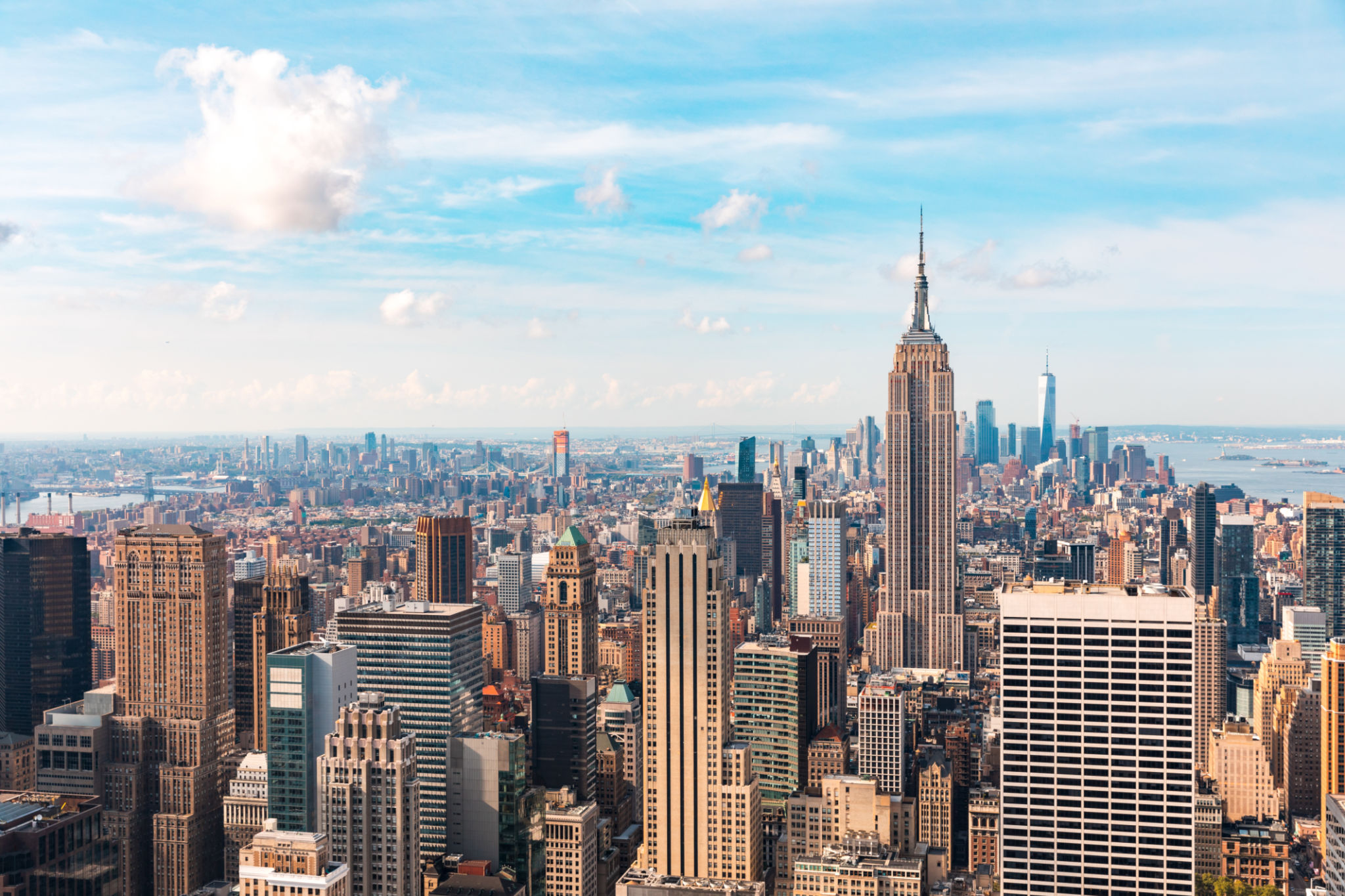Understanding the Purchase and Sale of Inclusionary Housing Air Rights in NYC
JW
Introduction to Inclusionary Housing Air Rights
Inclusionary housing air rights represent a key component in New York City’s urban development strategy, offering a unique approach to balancing growth with affordability. These air rights allow developers to build higher than the zoning laws typically permit, provided they contribute to affordable housing. Understanding this intricate system is crucial for developers, investors, and city planners alike.
In essence, air rights serve as a trade-off: developers gain additional building capacity, while the city secures much-needed affordable housing units. This system aims to address the housing crisis by incentivizing developers to participate in the construction of affordable units.

How Inclusionary Housing Air Rights Work
The process of purchasing and selling inclusionary housing air rights involves several steps. Developers can buy these rights from existing buildings that have not used their full development potential. The purchase provides an opportunity for developers to construct beyond the limitations of the zoning envelope in designated areas.
To qualify for purchasing air rights, developers must commit to creating or preserving affordable housing units. This commitment often involves partnering with the city or non-profit organizations to ensure compliance with affordability standards and long-term maintenance of these units.
Eligibility Criteria for Developers
Not all developers can participate in the inclusionary housing air rights program. Eligibility is determined by several factors, including the location of the development, the zoning district, and adherence to specific city planning regulations. Developers must demonstrate a clear plan for incorporating affordable housing into their projects.

The Purchase Process
The purchase of air rights typically involves a detailed negotiation process. Developers and property owners engage in discussions to agree on a fair price for the air rights, often influenced by market conditions and potential profitability. Once an agreement is reached, it is essential to secure approval from relevant city authorities.
Legal documentation is critical during this phase. Contracts must clearly outline the terms of sale, including the number of affordable housing units to be developed, timelines for construction, and compliance with zoning laws.
Challenges in the Air Rights Market
The inclusionary housing air rights market is not without its challenges. Fluctuating real estate prices, regulatory changes, and community opposition can impact the feasibility and attractiveness of these transactions. Developers must navigate these complexities to ensure successful project completion.

The Impact on New York City
The strategic use of inclusionary housing air rights has significantly impacted New York City’s urban landscape. By encouraging the development of affordable housing, the city aims to create more inclusive neighborhoods that offer diverse living options to residents of varying income levels.
Furthermore, this approach helps optimize urban space utilization, allowing for more sustainable development patterns that accommodate population growth while preserving essential open spaces and community amenities.
Future Prospects
As New York City continues to evolve, the role of inclusionary housing air rights will likely expand. Future prospects include refining policies to enhance effectiveness, increasing transparency in transactions, and fostering greater collaboration between public and private sectors to meet the city’s affordable housing goals.
